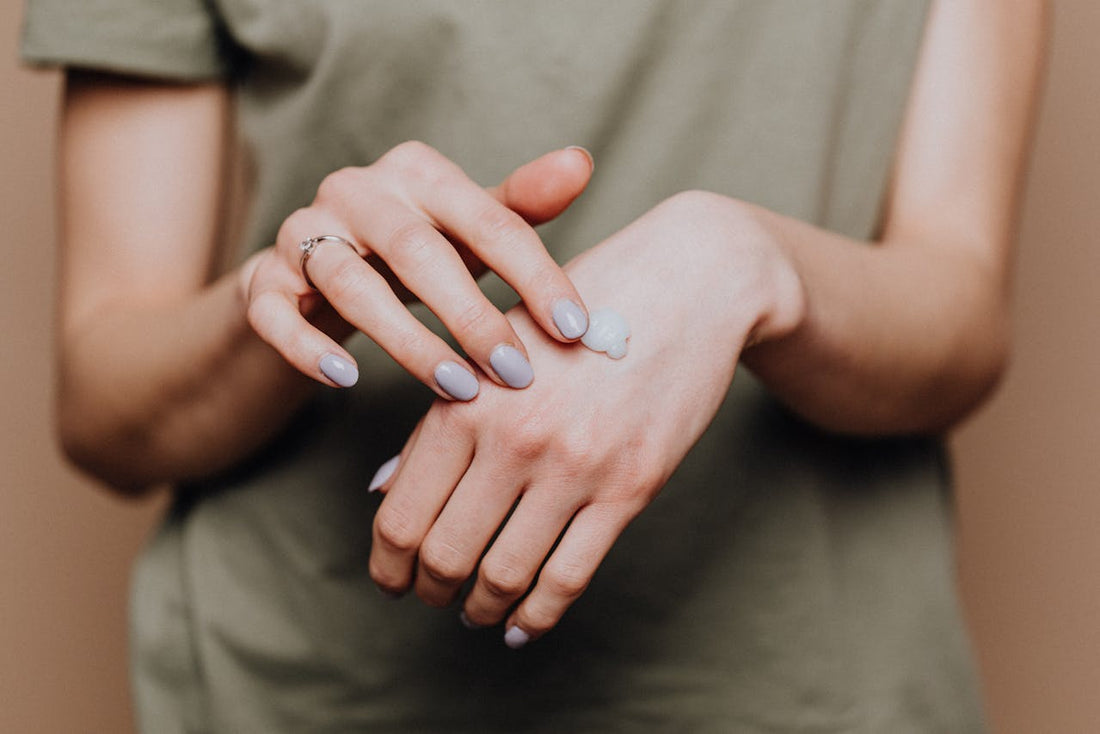
How to Shift to Retinoids Without Irritation: Complete Guide
Share
This blog is tailored to educate and guide skincare enthusiasts on how to transition to retinoids effectively
Retinoids are among the most effective skincare ingredients, celebrated for their ability to improve skin texture, reduce wrinkles, and combat acne. However, transitioning to retinoids can sometimes be intimidating due to the potential for dryness, redness, and irritation. With the right approach, though, you can incorporate retinoids into your skincare routine smoothly and reap their full benefits.
In this guide, we’ll cover practical steps to shift to retinoids without irritation, ensuring your skin remains healthy and radiant throughout the process.
What Are Retinoids and What Benefit They Do?
Retinoids are a group of vitamin A derivatives that work to speed up skin cell turnover, boost collagen production, and unclog pores. They are commonly used to address:
- Fine lines and wrinkles
- Acne and breakouts
- Uneven skin tone and hyperpigmentation
- Rough skin texture
Popular forms of retinoids include:
- Tretinoin (Retinoic Acid): A prescription-strength retinoid for faster and more dramatic results.
- Retinol: A milder, over-the-counter option that converts into retinoic acid within the skin.
- Adapalene: A gentler option for acne-prone skin, available both over the counter and by prescription.
While retinoids offer impressive benefits, improper use can lead to side effects like peeling and redness. Transitioning carefully is essential to avoid irritation.
Steps to Introduce Retinoids Without Irritation
1. Start Slowly
When introducing retinoids, less is more. Start with a pea-sized amount applied only two to three times a week. This makes your skin to adjust gradually and minimizes the risk.
Pro tip: Once your skin gets used to the cream or gel, you can increase the frequency to every other night or nightly, depending on your tolerance.
2. Use a Moisturizer First
A simple way to reduce irritation is by applying a layer of moisturizer before your retinoid. This technique, often called "buffering," creates a protective barrier and reduces the intensity of the retinoid’s effects.
Alternatively, you can mix the retinoid with your moisturizer for a gentler application.
3. Choose the Right Retinoid Strength
Starting with a low-strength retinoid, such as 0.025% tretinoin or over-the-counter retinol, is crucial if you’re new to these products. Stronger formulations can be introduced later once your skin builds tolerance.
For those with particularly sensitive skin, adapalene or retinol may be better initial choices compared to prescription retinoids.
4. Avoid Using Too Much
A common mistake is applying too much retinoid, thinking it will deliver faster results. However, overloading your skin can lead to irritation. Remember: a pea-sized amount is all you need for your entire face.
Supporting Your Skin During the Transition
1. Hydrate Generously
Retinoids can be drying, so keeping your skin hydrated is vital. Use a hydrating cleanser, and follow up with a rich, fragrance-free moisturizer to restore your skin barrier.
Look for moisturizers containing:
- Hyaluronic Acid
- Ceramides
- Glycerin
2. Protect Your Skin with Sunscreen
they can increase your skin’s sensitivity to the sun, so daily sunscreen usage is non-negotiable. Opt for a broad-spectrum SPF 30 or higher and reapply throughout the day if needed.
Bonus tip: Pairing retinoids with sunscreen not only protects your skin but also enhances the anti-aging benefits of your routine.
3. Avoid Harsh or Irritating Ingredients
Steer clear of exfoliants like glycolic acid, salicylic acid, or physical scrubs while starting retinoids. Combining these can overwhelm your skin, leading to increased sensitivity.
Instead, focus on soothing and calming ingredients such as:
- Aloe Vera
- Niacinamide
- Panthenol (Pro-vitamin B5)
What to Expect During the Adjustment Period
It’s common to experience mild side effects when you first start using retinoids. These include:
- Slight peeling
- Redness
- Dryness
These reactions, often called "retinization," typically subside after four to six weeks. However, if your skin feels excessively irritated, reduce the frequency of use and focus on hydration.
Tips for Long-Term Success with Retinoids
1. Be Patient with Results
Retinoids are powerful but require time to show their full benefits. Most users see noticeable improvements in 8 to 12 weeks, with continued enhancement over several months.
2. Stick to a Consistent Routine
Consistency is key when it comes to skincare. Regular use of retinoids, even if only a few times a week, will deliver better results than sporadic application.
3. Monitor Your Skin’s Needs
Your skin’s tolerance to retinoids may improve over time. Once your skin has adjusted, you can gradually increase strength or frequency. Always pay attention how your skin is responding and act accordingly.
4. Don’t Neglect the Neck and Hands
Retinoids aren’t just for your face! Extend your application to your neck and hands to maintain an even skin tone and minimize signs of aging in these areas.
When to Seek Professional Advice
If you experience persistent redness, severe peeling, or discomfort that doesn’t improve after a few weeks, consult a dermatologist. They can recommend alternative products, adjust the strength, or provide guidance tailored to your skin type.
The Bottom Line
Transitioning to retinoids doesn’t have to be a painful experience. By starting slow, hydrating your skin, and being mindful of your skincare routine, you can enjoy the transformative benefits of retinoids without irritation.
Consistency and patience are your best allies in achieving glowing, youthful skin. Stick with the process, and your efforts will be rewarded with smoother, clearer, and healthier skin in the long run.
If you’re ready to start your retinoid journey, explore our wide range of retinoid products at Skin Essential, including tretinoin and retinol creams designed for all skin types.
